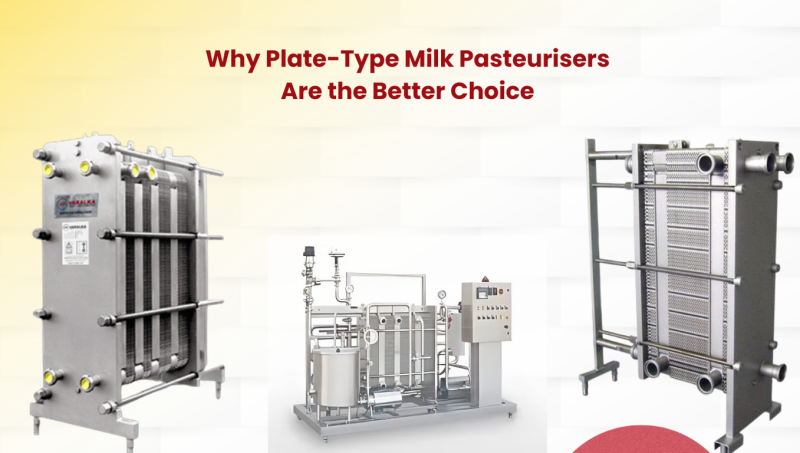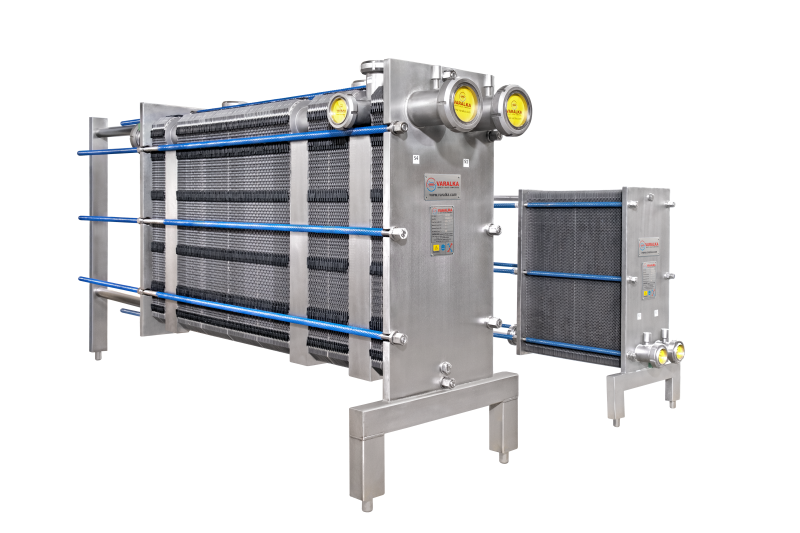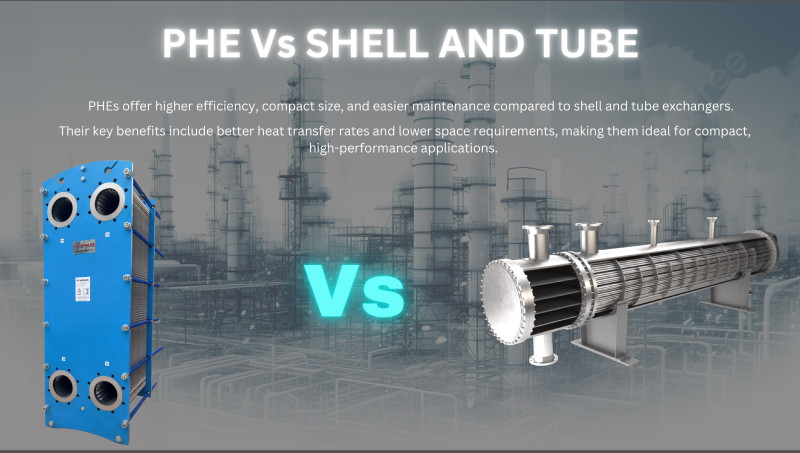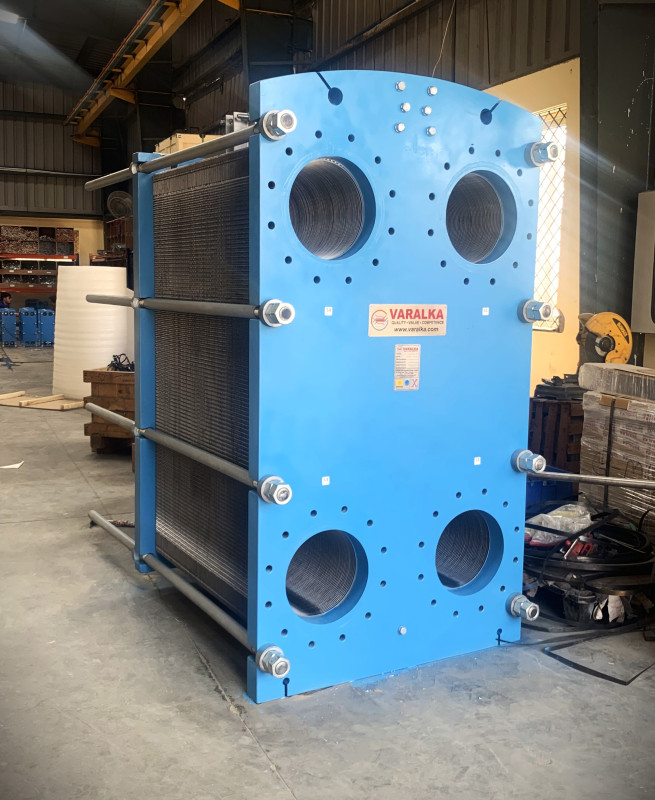Stainless steel is the preferred material for PHEs in the F&B industry due to its ability to maintain a hygienic surface, ability to withstand high pressure & temperature variations, ensuring durability. It also offers a resistance to corrosion and provides an efficient surface for heat transfer which is crucial for temperature-sensitive processes.








